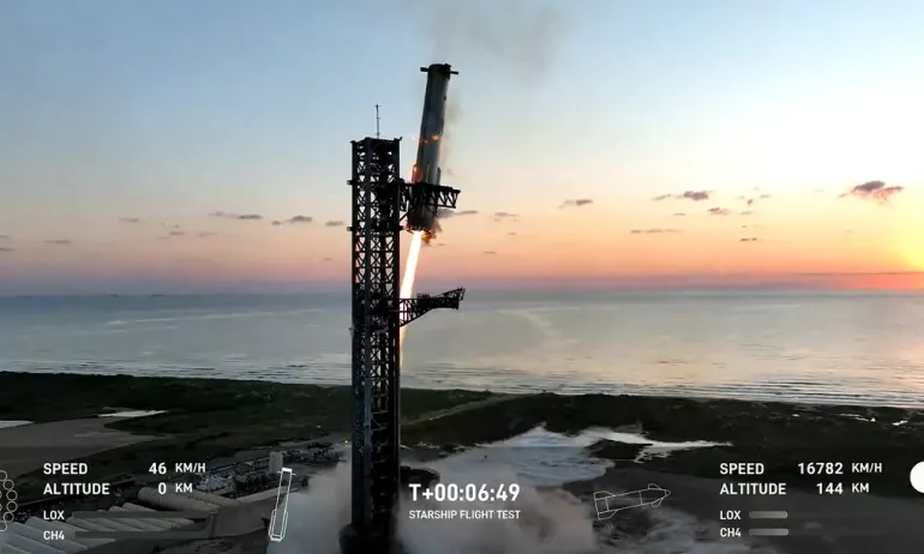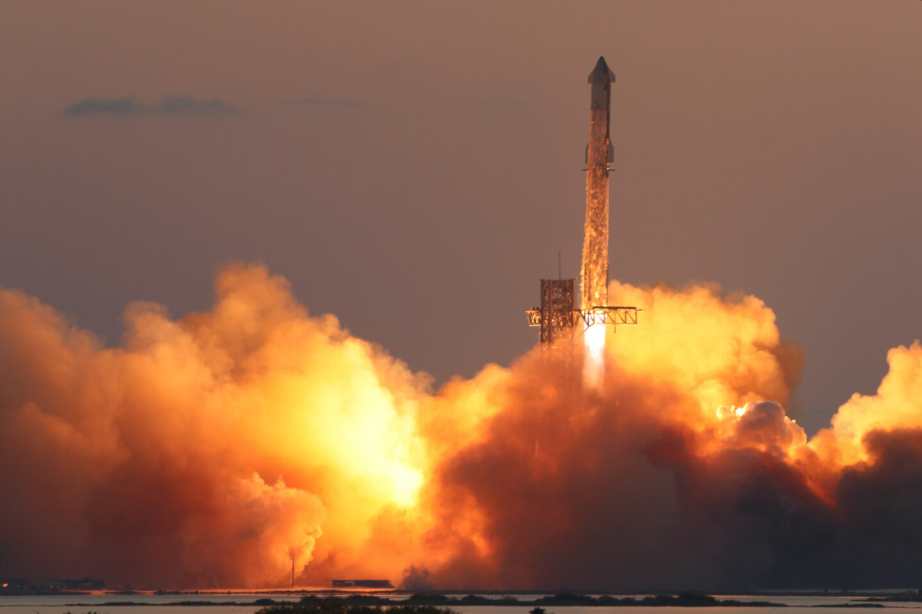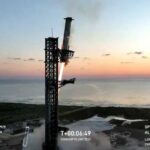SpaceX catches returning giant Starship rocket booster in mid-air, turning a sci-fi idea into reality

SpaceX pulled off a groundbreaking engineering feat on Sunday, turning what once seemed like science fiction into reality. In a pivotal moment for the future of space travel, SpaceX’s Super Heavy Starship rocket booster was caught mid-air by a launch tower equipped with massive arms the company dubbed ‘chopsticks’ in the fifth flight test.
The successful catch marked a major milestone in transforming the Super Heavy booster into a fully reusable system. While the Super Heavy booster returned to Texas, Starship itself continued its mission and splashed down in the Indian Ocean an hour after launch.
This achievement pushes SpaceX closer to its goal of quickly reusing the Starship rocket. It opens up new possibilities, from trips to the Moon and Mars to delivering massive payloads to space—capabilities that put SpaceX far ahead of its competitors.
“The tower has caught the rocket!!” Elon Musk posted on X.
The tower has caught the rocket!!
pic.twitter.com/CPXsHJBdUh— Elon Musk (@elonmusk) October 13, 2024
This comes just three years after SpaceX filed plans with the FAA to build a 469-foot-tall launch tower designed to catch the returning Super Heavy booster.

The test began at 7:25 am CDT with a thundering liftoff from SpaceX’s Starbase site near the US-Mexico border. Starship, standing at 398 feet tall, roared into the sky powered by 33 Raptor engines, generating an incredible 17 million pounds of thrust—twice the power of NASA’s Saturn V rocket from the Apollo era.
As the booster’s engines fired, it accelerated to over 3,300 mph before shutting off and allowing Starship to continue climbing into space. While the upper stage moved toward orbit, all eyes were on the returning booster.
After reaching its peak altitude, the booster executed a complex series of maneuvers, using 13 engines to slow its descent before transitioning to three engines for the final approach. As it hovered above the pad, the tower’s arms locked in, catching the rocket about 200 feet above the ground—an incredible display of engineering precision.
“That’s the first-ever booster catch, a major step on the way to rapid reusability,” said Dan Huot, SpaceX’s communications manager, during the webcast.
Previous attempts had ended in splashdowns in the Gulf of Mexico, but after several trials, SpaceX nailed the precision required to bring the booster back home. This success came after months of careful planning, and on Saturday, the FAA finally gave the green light for the attempt.
Musk’s bold vision to remove the rocket’s landing legs and have it caught by the tower initially sounded outlandish, even to those at SpaceX. But as Musk once said, “It might take a few kicks at the can, but we’ll get it right.” Now, it looks like they’ve done just that.
Check out the full video below.




